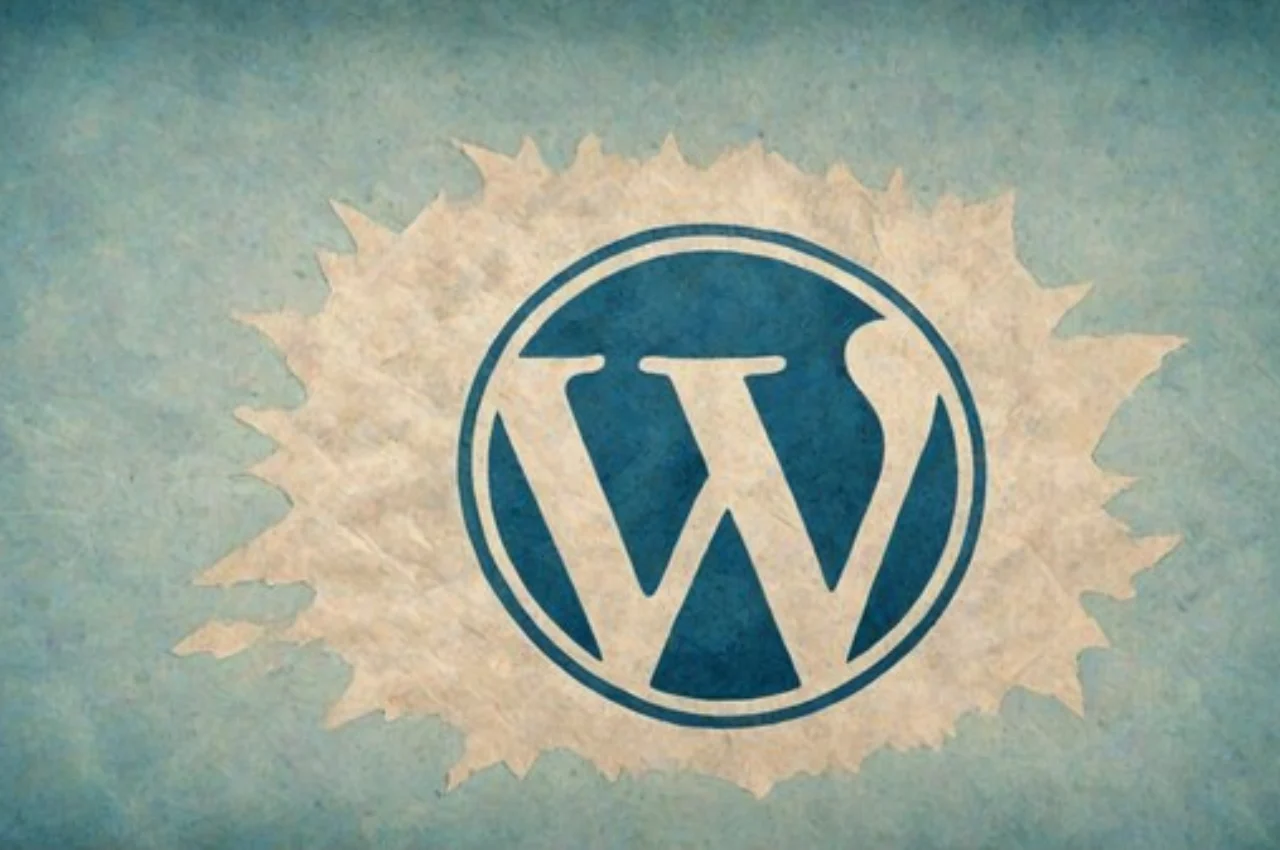A Permalink in WordPress is the permanent URL of a specific post or page on a website. It is essential for SEO optimization.
In the world of WordPress, Permalink is a crucial element that plays a significant role in how your content is indexed by search engines. By setting up an appropriate Permalink structure, you can ensure that your URLs are clean, concise, and contain relevant keywords, which can improve your site’s visibility and ranking in search results. Understanding the importance of Permalinks and how to optimize them can make a substantial difference in driving organic traffic to your website and enhancing the overall user experience. Let’s delve deeper into the significance of Permalinks in WordPress and how you can leverage them to boost your site’s SEO performance.
Table of Contents
What is a Permalink
A permalink is a permanent URL that links to a specific webpage or blog post. In the context of websites, especially those built on platforms like WordPress, permalinks provide a user-friendly and search engine-friendly address for individual content pieces. They often include the title of the post or relevant keywords, making it easy for users and search engines to understand the content’s topic. Well-structured permalinks contribute to better SEO, ensuring that the page remains accessible even if the site undergoes updates or restructuring.

Definition of Permalink
A permalink, short for “permanent link,” is the URL that leads directly to a specific blog post, page, or other content on a website. It is designed to remain unchanged indefinitely, making it easy to share, bookmark, and access content consistently. Permalinks are crucial for SEO, as they help search engines index content effectively and contribute to a user-friendly website structure. They often include keywords relevant to the content, enhancing visibility and searchability online.
Importance of Permalink in WordPress
In WordPress, the Permalink structure plays a crucial role in the overall search engine optimization (SEO) of your website. It directly impacts the readability and accessibility of your content, making it easier for both users and search engines to understand and navigate.
Types of Permalinks
When it comes to creating a website using WordPress, understanding the concept of permalinks is crucial. A permalink is the permanent URL of a specific page or post on your website. It is what users can use to access your content, and it plays a significant role in SEO. WordPress offers several types of permalinks, each with its own structure and benefits.
Default Permalink Structure
The default permalink structure in WordPress is not user-friendly as it uses plain numbers and question marks. This structure includes the post ID and is not optimized for search engines or human readability.
Day and Name Permalink Structure
This permalink structure includes the day, month, and year of the post, followed by the post name. It can be beneficial for websites publishing daily news or events, as it provides a clear date reference in the URL.
Month and Name Permalink Structure
Similar to the day and name structure, this type includes the month and year of the post, followed by the post name. It can be suitable for websites with a monthly publication schedule or archives.
Numeric Permalink Structure
The numeric permalink structure only includes the post ID in the URL. While not particularly user-friendly, it can be useful for websites with a large number of posts, as it keeps the URL short and simple.
Post Name Permalink Structure
The post name permalink structure only includes the post name in the URL. This is often considered the most SEO-friendly and user-friendly structure, as it provides a clear and concise URL that is easy to remember and share.
Custom Permalink Structure
WordPress also allows users to create custom permalink structures, giving them the flexibility to design their own URL format. This can be beneficial for branding and SEO purposes, allowing for unique and optimized URLs.
Mastering Seo-friendly Permalinks
Understanding the importance of SEO-friendly permalinks is crucial for optimizing your WordPress website. By incorporating best practices in your permalink structure, you can improve your site’s visibility and search engine rankings. Let’s delve into the key aspects of creating and optimizing SEO-friendly permalinks.

Importance of Seo-friendly Permalinks
SEO-friendly permalinks play a significant role in enhancing your website’s search engine optimization efforts. They help search engines understand the content of your pages and improve the user experience by making URLs more readable and relevant.
Tips for Creating Seo-friendly Permalinks
- Keep it short and descriptive: Use keywords that reflect the content of the page.
- Use hyphens to separate words: Avoid using underscores or special characters.
- Include target keywords: Incorporate relevant keywords to increase visibility.
- Avoid stop words: Remove unnecessary words like “and,” “the,” or “of” to keep URLs concise.
Avoiding Common Mistakes in Permalink Structure
- Using default permalinks: Customize your permalinks to be SEO-friendly.
- Ignoring keyword optimization: Ensure your permalinks include target keywords for better rankings.
- Changing permalinks after publishing: Maintain consistency to avoid 404 errors.
Changing Permalink Structure in WordPress
Permalink in WordPress refers to the permanent URL of a specific post or page. Changing the permalink structure can affect the website’s search engine optimization, so it’s important to understand the process and its implications before making any changes.

Steps to Change Permalink Structure
Step 1: Login to your WordPress admin panel.
Step 2: Go to Settings and click on Permalinks.
Step 3: Choose a new permalink structure or create a custom one.
Step 4: Click on Save Changes to apply the new permalink structure.
Things to Consider Before Changing Permalink Structure
- Backup your website: Ensure you have a recent backup of your website before making any changes.
- 301 Redirects: Set up 301 redirects to avoid broken links and maintain SEO rankings.
- Impact on SEO: Changing permalinks can affect your SEO rankings, so plan accordingly.
- Internal links: Update internal links to reflect the new permalink structure.
Conclusion
Understanding the importance of permalinks in WordPress is crucial for effective website management. By optimizing your permalinks, you can improve your site’s SEO and user experience. With the right structure and keywords, permalinks can boost your site’s visibility and drive more organic traffic.


